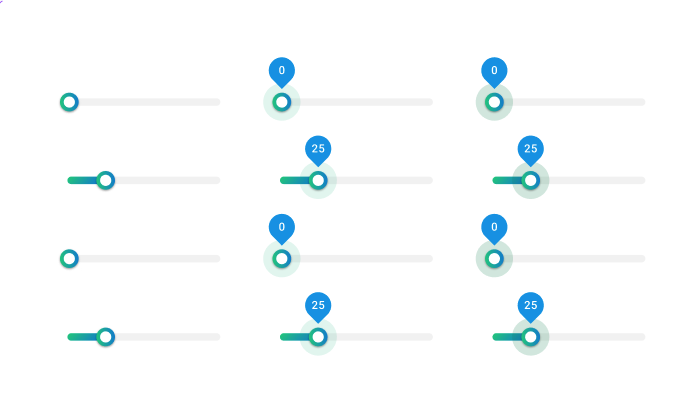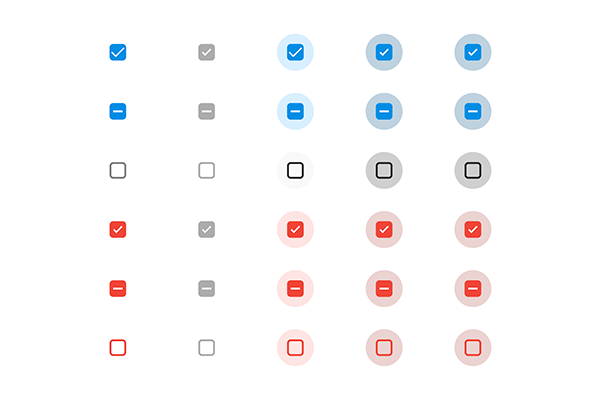Turning design debt into design momentum
Impact
• 30% faster delivery from design to dev
• First-ever cross-functional collaboration culture
• A self-sustaining system, not just a library of buttons
Three failed attempts. One exhausted team. A business struggling to scale.The case for a unified design system was obvious to the design team — better experiences, faster delivery, lower costs. But internally, it felt like shouting into the void. Legacy tech, bloated backlogs, poor experiences — and a leadership team focused on putting out fires.
The real problem
Disconnection. Between teams. Between systems. Between what design knew was possible and what the business thought mattered.
What we did
We turned fragmentation into alignment — one token, one principle, one SKU at a time.
1. Making the business case
We started by speaking the language of the business:
• 20% potential cost reduction
• Engineering backlog relief
• Faster time to market
That opened the door. But to truly deliver, we needed a new way of working — one that aligned product, engineering, and design at every level.
2. Building from the inside out
We mapped the entire estate, then started with the smallest, most foundational element: the token schema. This gave us a shared language across teams — the DNA of the Halo system.Then we layered in system principles to guide how components were used and scaled:
• Consistency – one look, one feel
• Scalability – built to grow
• Accessibility – by default, not as an afterthought
• Collaboration – less silo, more sync
• Efficiency – no more reinventing the wheel
• Flexibility – fit for every SKU
From there, we built core components in Storybook and Figma, ran weekly critiques, and iterated in the open. Slack became our design system HQ — a living space for updates, feedback, and support.
3. Scaling the system
We tested and scaled across two core products — one consumer-facing, one clinical — then rolled out to the wider ecosystem. As demand grew, we formalised governance:
• Weekly reviews
• Structured intake for requests
• Self-serve documentation and training
• A culture of design system stewardship, not ownership
Results
30% faster delivery from design to dev
First-ever cross-functional collaboration culture
A self-sustaining system, not just a library of buttons.
Learnings
What started as a design clean-up became a company-wide unlock. Halo helped the business scale, brought new products to life faster, and changed how teams work — together.
Organisational change is political. Map your champions early and win buy-in in sequence.
Start with tokens. They may seem small, but they power everything.
Design systems reveal the cracks. And fixing those cracks is where the real impact lies.
Sub-systems aren’t failures. They’re reality. Plan for them.
Change management is a design skill. One worth investing in.








Learn more
Want to see how we turned three failed attempts into one scalable system? Get the full Halo story. Pop in your email and I’ll send it your way. 🩻✨
